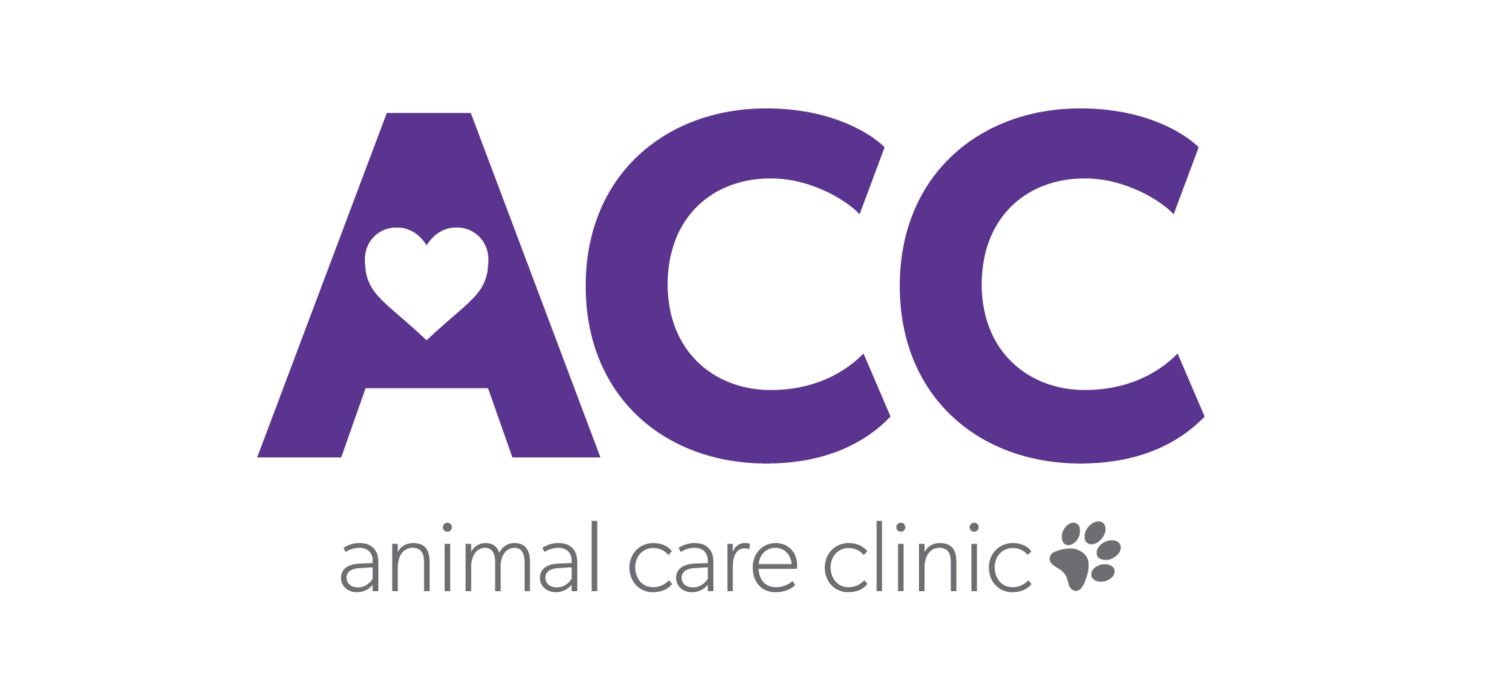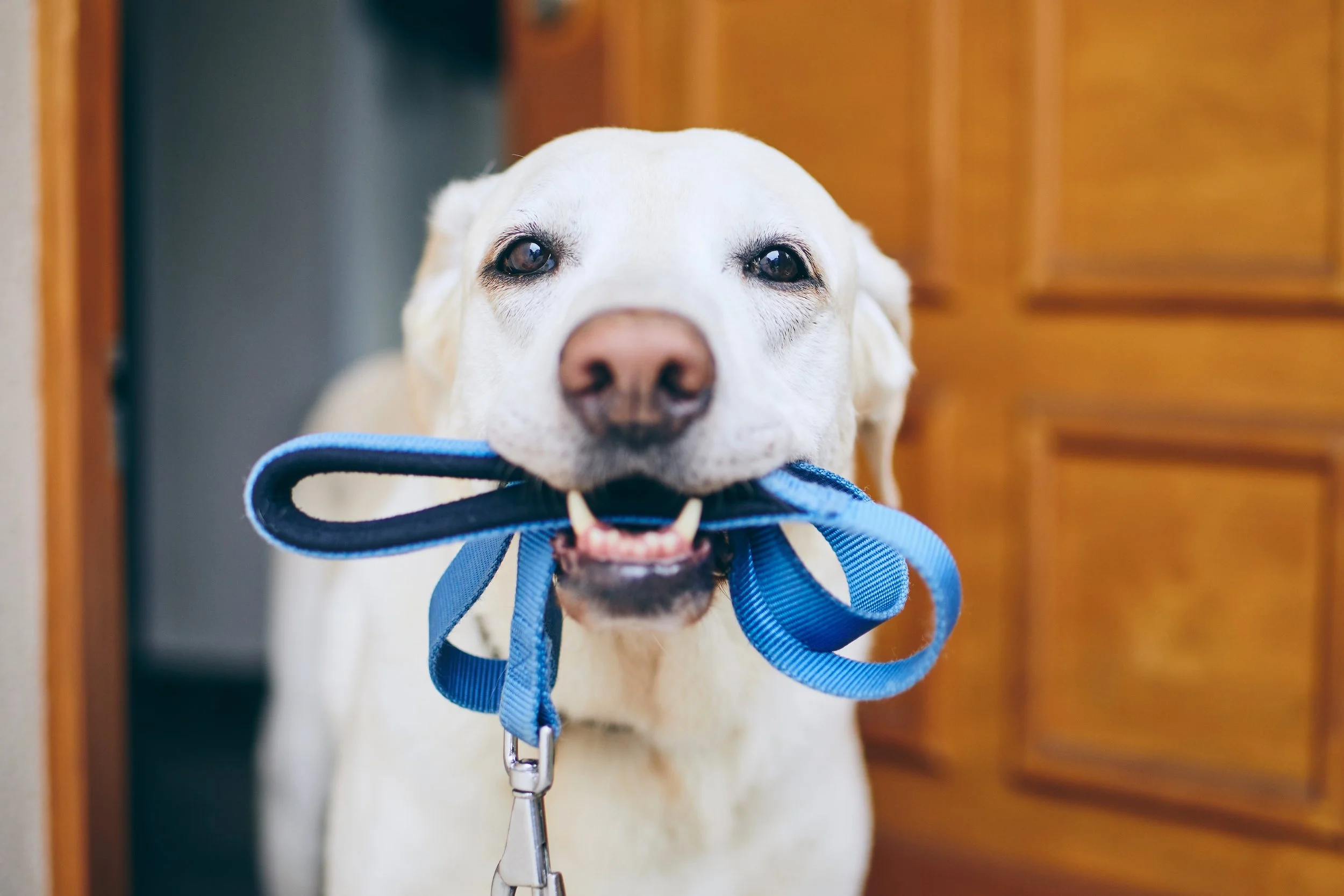Training your dog is important, of course, in that the training keeps you and your dog safe. Poorly trained dogs lunge at the leash, chase after or fight with other animals, and can make walks a real hassle. A well-trained dog, on the other hand, is a pleasure to take out on a leash.
When it comes to training your dog, the collar you choose can make all the difference in the quality and outcome of your training. A training collar creates a direct connection between you and your dog.
Four Dog Training Collar Types
The four main types of dog training collars are buckle, choke chain, prong collar, and head halter. All have their benefits and drawbacks.
1. Buckle collar
As their name suggests, a buckle collar is a collar that fastens with a buckle. Typically constructed of cotton, nylon, or leather, buckle collars may be rolled or flat. Buckle collars are adjustable, and do not tighten around your dog’s neck.
Buckle collars are among the most popular types of collars to train dogs, and for a number of reasons. They are easy to put on, for example, and they can fit most dogs. They also have a gentle action, one that won’t choke your dog if your pup is pulling on the leash.
Drawbacks
While versatile, a buckle collar may not be as effective as other types of dog training collars. A buckle collar may be adequate for training small dogs, but it cannot offer as much control over larger dogs as do other types of collars. What’s more, a buckle collar does not provide proper feedback to your dog.
2. Choke chain
A choke chain consists of metal links that tighten around the dog’s neck when they lunge forward on the leash. You can also tighten the choke chain by pulling back on the leash, which helps you control your dog when they become disobedient. The tightened chain creates feedback to your dog in the form of an uncomfortable feeling, which makes your pup want to stop engaging in bad behavior. Releasing the tension on the choke chain provides positive feedback to your dog.
Drawbacks
The downside to a choke chain is the risk for choking or neck injury. These risks increase when the owner uses a choke chain improperly, and when the choke chain does not fit the dog properly.
3. Prong collar
A prong collar is a series of chain links connected to one another; open ends of the link face the dog’s neck. The open ends form prongs that pinch the dog’s neck when they lunge forward on the leash or you pull back. The pinching action discourages your pet from pulling on the leash and encourages them to become more responsive to you.
Prong collars are controversial and their use is often-debated, but when used properly, they can be a valuable training tool. Trainers use prong collars to fix specific problems, such as lunging or pulling on the leash, jumping on people, and excessive barking.
Drawbacks
This type of collar is not recommended for small dogs, or for dogs who are sensitive around their neck.
4. Head halter
A head halter looks like a horse’s bridle without the reins attached to it. This padded collar features two loops: one loop goes around the dog’s nose while the other goes around the back of the pup’s head. The configuration is gentle on your dog’s neck, and provides superior control – especially for dogs who like to pull, but are sensitive to pressure on their necks.
Drawbacks
Head halters are not effective for dogs with strong necks. Some dogs dislike the loop around their nose, and will paw at the collars instead of focusing on the training.
What Type of Dog Training Collars Should I Choose?
The type of dog training collar you choose depends largely on your dog’s needs and the type of training your dog requires. Use a buckle collar for dogs that need just a little guidance, for example, or choose a prong collar if you have a high-spirited pup.
For more information about the various types of dog training collars – and to help you determine which type might be best for your dog – make an appointment with the Animal Care Clinic.

